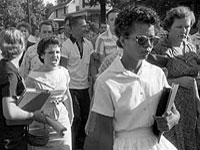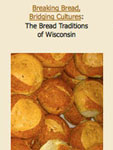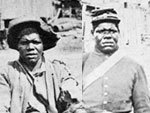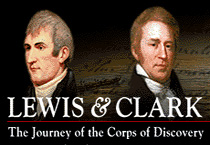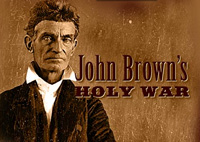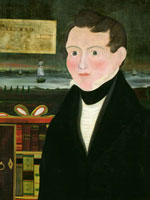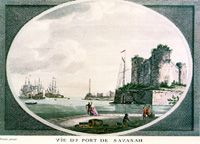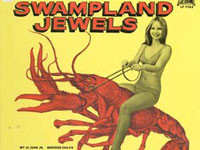Research & Reference Gateway: History - North America
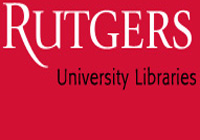
This site furnishes hundreds of links to primary and secondary sources on North American history. An eclectic collection, it includes links to library catalogs throughout the world, archival collections, texts, journals, discussion lists, bibliographies, encyclopedias, maps, statistics, book reviews, biographies, curricula, and syllabi. Materials are arranged by subject, period, and document type. Try "History-North America" for the widest variety of vetted sources. Special resource collections include "America in the 1950s," "New Americans: American Immigration History," "The Newark Experience," "U.S. Business History," "U.S. Labor and Working Class History," and "Videos on the U.S. and American Studies."
